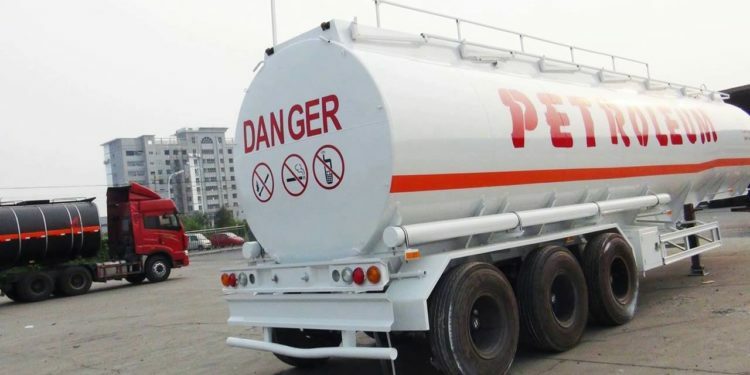Domestic petroleum product sales increased by 11% in the fiscal year 2021/2022, according to the most recent energy sector data, as economic activity recovered.
According to the Energy and Petroleum Statistics report for the fiscal year ended June 30, 2022, total domestic demand for imported refined products via the Open Tender System increased by 4.55 per cent to 5.7 million cubic metres.
“This was partly attributed to a 30.2 per cent increase in the demand for jet fuel as a result of the opening up of the economy and resumption of air travel across the world,” the report by the Energy and Petroleum Regulatory Authority (EPRA) states.
Sales totalled 5.2 million tonnes during the period, which can be attributed to the economy’s strong recovery in 2021.
Oil Marketing Companies (OMCs) imported at least 5.5 million cubic metres for domestic use, up from 4.9 million cubic metres in the fiscal year 2020/2021. Kenya had 111 registered OMCs and approximately 4,373 retail stations as of June 2022.
According to EPRA, all economic sectors, except tourism, saw an increase in net domestic sales of petroleum products during the review period as the economy recovered from the slowdown caused by the Covid-19 pandemic.
Vivo Energy, Total, and Rubis maintained their market dominance, with 23.8 per cent, 17.3 per cent, and 10% market share, respectively.
Ola Energy, Oryx, Be Energy, Tosha Petroleum, Galana Oil, Hass Petroleum, and Gapco were also significant players.
Diesel, primarily used in transportation and agriculture, remains the most consumed petroleum product, with 2.7 million cubic meters sold during the year, followed by super petrol, which is expected to finish with 2.2 million cubic meters.
During the year, the agriculture sector was the largest consumer of products, followed by retail pump outlets and road transport, air transport, power generation, industrial and commercial sectors, and government uptake.
Tourism, marine (except for naval forces), and rail transportation were also significant consumers.
Power generation fuel sales increased by 94.5 per cent to 147,500 tonnes.
“Similarly, fuel sales for rail transport almost doubled from 11,400 tonnes in 2020 to 19,400 tonnes in 2021,” EPRA notes in its report.
Domestic sales to the aviation sector increased by 27.2% to 499,400 tonnes in 2021, while sales to the tourism sector decreased by 7.1% to 6,000 tonnes.
Meantime the demand for Liquefied Petroleum Gas (LPG) has continued to rise, with consumption reaching 373,865 metric tonnes in 2021, a 13.9% increase from 320,909 metric tonnes in 2020.
The star report, the total number of Bulk LPG storage facilities increased to 120, with a total storage capacity of around 34,000 metric tonnes. This is a significant increase from the eight operational facilities in 2012. The facilities are spread across 25 counties, reflecting efforts to improve LPG consumer access.
Read Also: Relief for Kenyans as EPRA Maintains Fuel Prices ahead of Christmas Festivities




